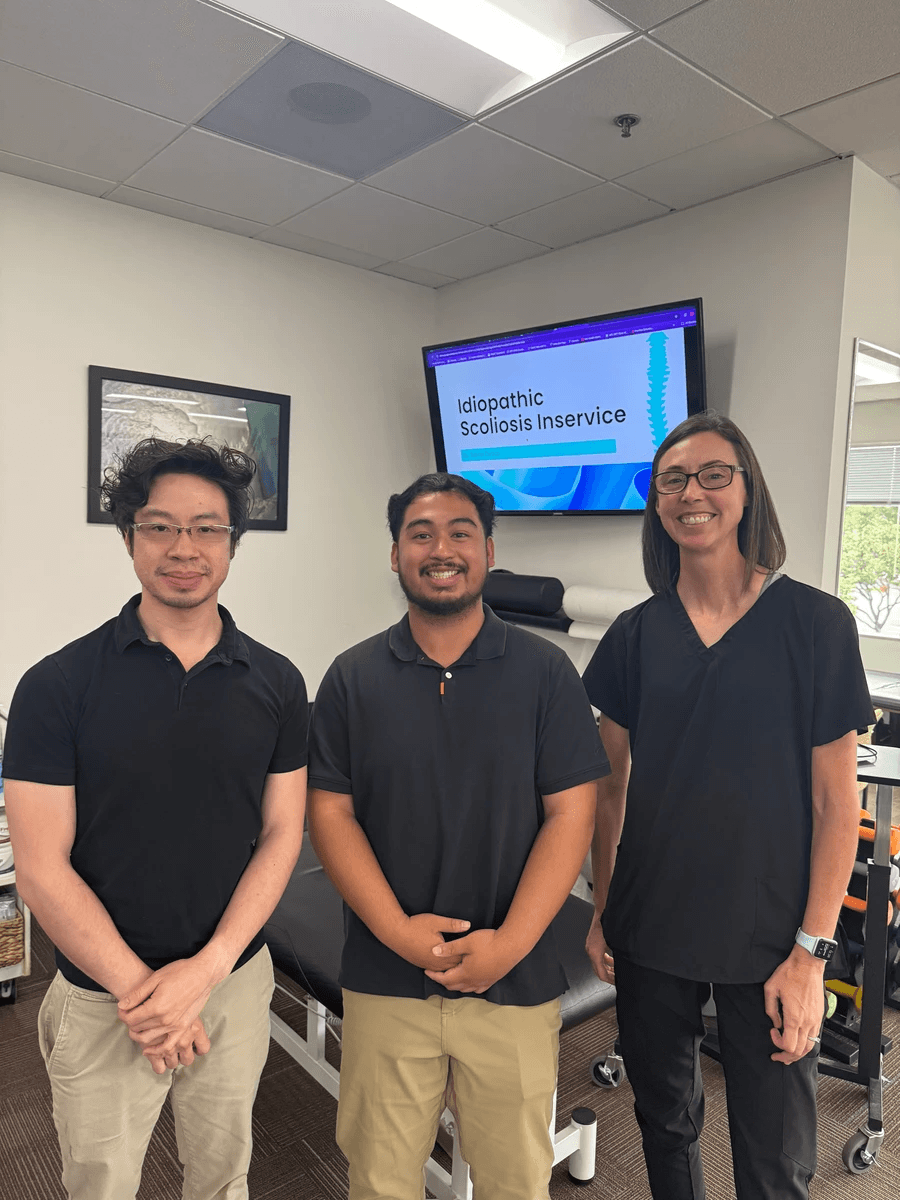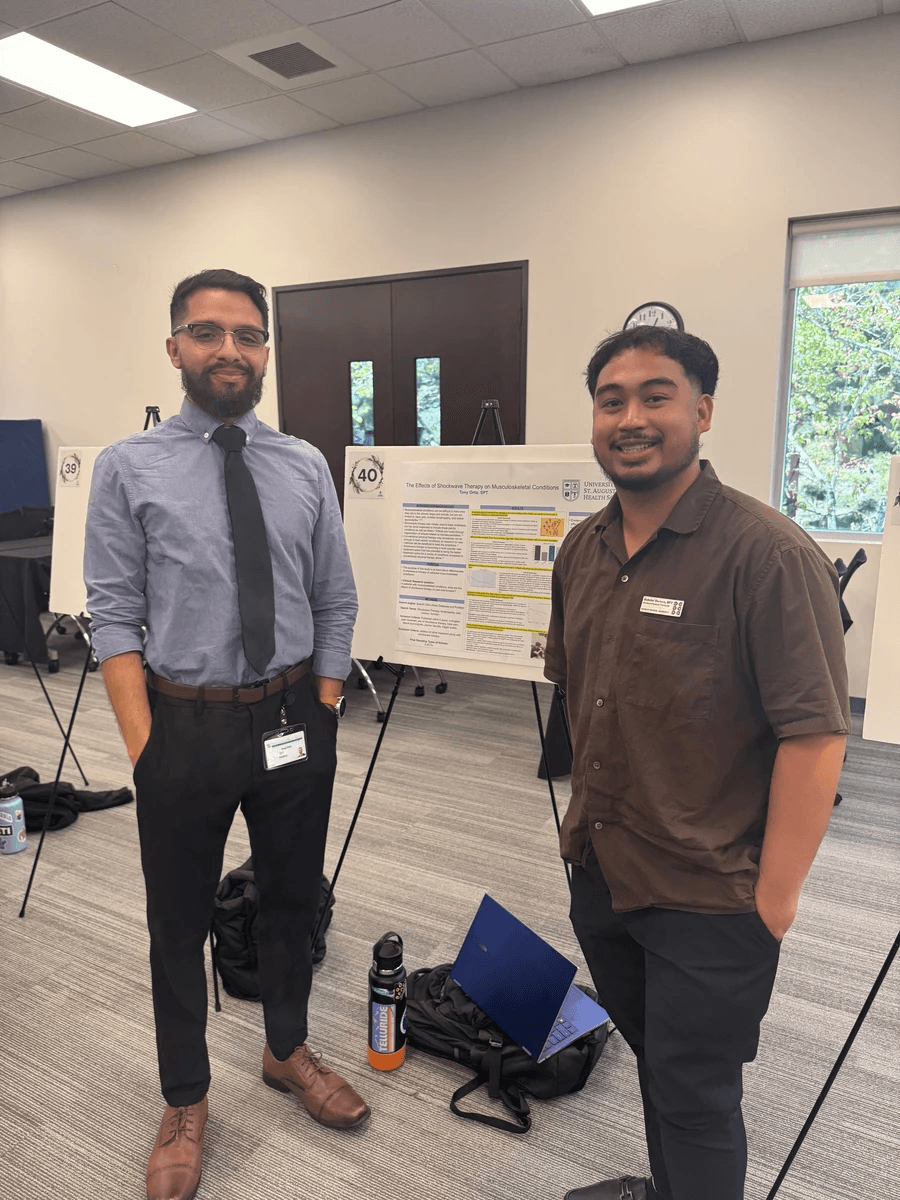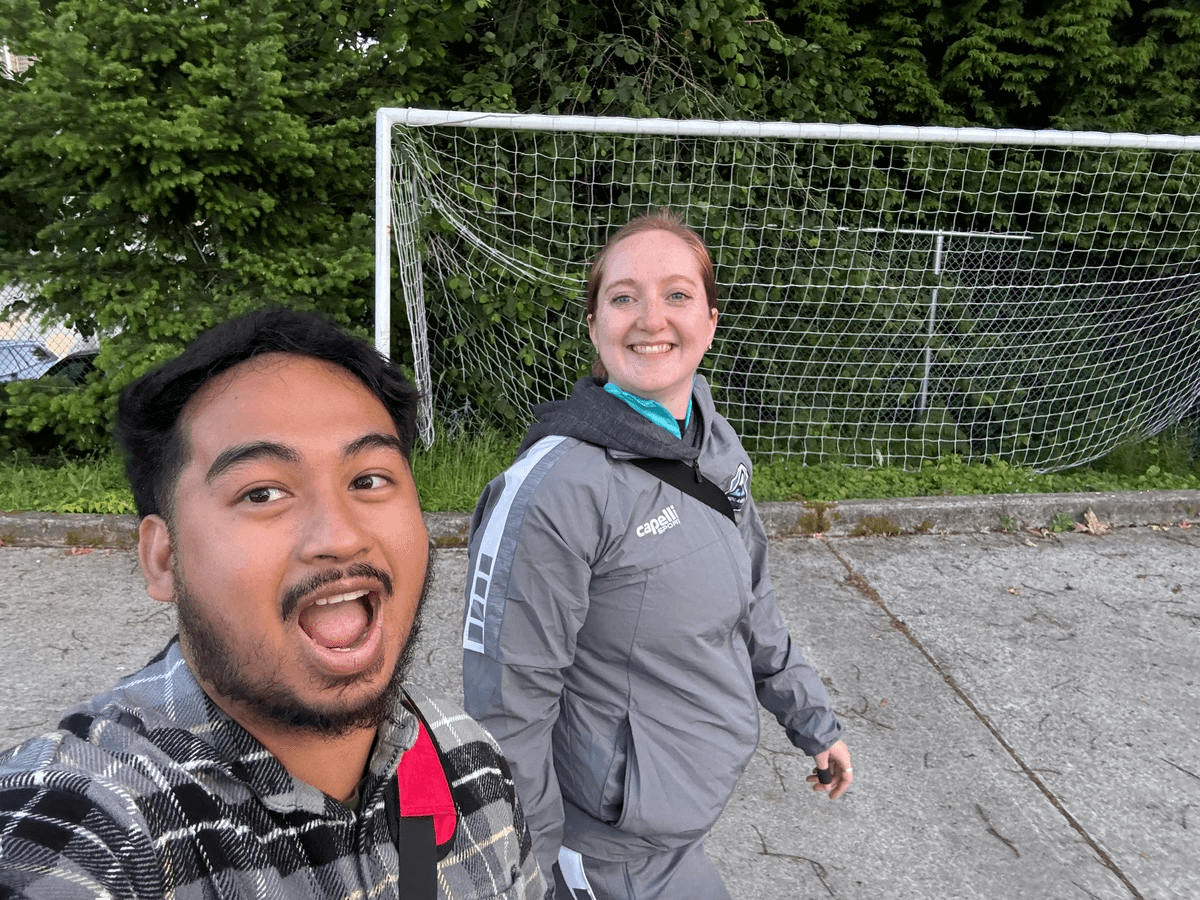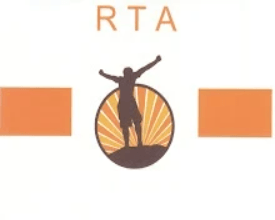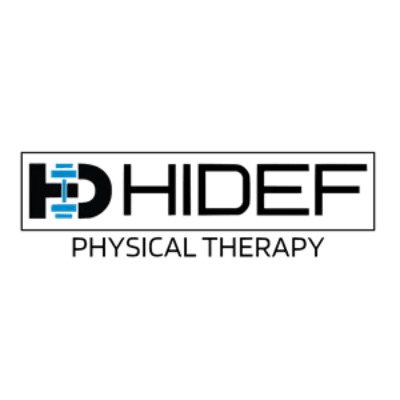

Gabriel Deraco
Gabriel Deraco
Student Physical Therapist
Student Physical Therapist
About Me
Aloha! I’m Gabriel Deraco, a Doctor of Physical Therapy student with roots in the Philippines and a heart dedicated to improving lives through movement and care. My passion for physical therapy stems from a genuine drive to empower others, helping them reclaim strength, confidence, and independence.
Outside of my studies, I bring the same energy and focus to life’s simple joys—whether it’s playing a competitive game of pickleball, experimenting in the kitchen, or cherishing moments with my family and partner. I strive to stay present, intentional, and grounded, embracing hard work as a value that shapes both my personal and professional life.
With a deep appreciation for connection and growth, I’m committed to building a career where compassion meets expertise, supporting others on their unique journeys toward health and healing.
Self-Directed Learning
Show off your projects, features, or clients in this section.

Teaching
I developed and delivered an inservice on scoliosis management with a focus on the Schroth method. I chose this topic because I was working with a patient with scoliosis, and the topic was also of particular interest to the clinic staff due to its relevance in the current patient population.
I prepared by reviewing evidence-based articles and used the 2016 SOSORT Guidelines to structure the content. I included practical applications of the Schroth method and interventions clinicians could incorporate into practice. I used visual slides and demonstrated Schroth breathing techniques, showing how they apply during functional tasks. The live demo helped engage the audience and opened up hands-on discussion.
The inservice was well-received—staff commented on its value and asked to keep the presentation and research materials for future use. This feedback made me feel I contributed something meaningful beyond patient care.
Through this experience, I discovered a passion for teaching. It helped reinforce my understanding of scoliosis and pushed me to explain concepts clearly and confidently. I also gained insight into adapting teaching methods for different learners. Moving forward, I feel more prepared to lead educational sessions for both patients and peers.

Professional Development
I attended a professional development session hosted by St. Augustine University, which included presentations on various physical therapy interventions, clinical reasoning strategies, and emerging treatment techniques. I was introduced to new ideas such as how Tai Chi can improve balance and body awareness for fall prevention in older adults, and the clinical relevance of shockwave therapy in managing chronic tendinopathies and promoting soft tissue healing. I also learned about novel approaches in return-to-sport testing, updates on blood flow restriction training, and how research is shaping evidence-based progre
This event gave me the opportunity to connect with other students and clinicians, ask questions, and reflect on how these interventions might apply in my own clinical practice. It helped reinforce the importance of staying curious and continuously evolving as a provider.

Interprofessional Practice
I worked alongside a physical therapist and certified athletic trainer during a live soccer game, where I learned about the athletic trainer's role before, during, and after matches. I observed injury assessments, assisted with taping techniques, and learned how to communicate effectively with coaches, referees, and staff. We also discussed emergency protocols, including hand signals and appropriate scenarios for activating EMS. I had the chance to speak with on-site orthopedic surgeons who volunteered to be present in case of major injuries. This experience highlighted how PTs and ATs collaborate in real time, especially when managing overuse injuries and making return-to-play decisions. I saw how clinical reasoning, safety, and clear communication come together in fast-paced environments.
Clinical Education

Butte Premier Physical Therapy
Outpatient Orthopedics - Chico, California
During my first clinical rotation in an outpatient orthopedic setting, I had the opportunity to work with a diverse range of patients, including post-operative shoulder, hip, and knee cases, as well as individuals managing chronic pain conditions. I was also exposed to unique and complex cases like Complex Regional Pain Syndrome and Hypoplastic Left Heart Syndrome, which challenged me to think critically and adapt my treatment strategies. This experience allowed me to refine essential skills, including manual therapy techniques, creating effective Home Exercise Programs, and improving the flow of initial evaluations. Under the guidance of my clinical instructor, I received hands-on mentorship, constructive feedback, and step-by-step guidance, all of which enhanced my clinical reasoning and confidence. The most valuable lesson I gained from this experience was the importance of embracing a patient-centered approach to care. I learned to actively listen, prioritize patient goals, and tailor treatments to meet each individual’s unique needs. This rotation laid a solid foundation for my continued growth as a thoughtful, adaptable, and compassionate physical therapist.

Restorative Therapy Associates
Home Health - Irvine, California
During my home health clinical rotation, I worked primarily with geriatric patients over the age of 60, many of whom were recovering from various orthopedic surgeries or managing neurological and age-related conditions such as cerebral palsy, Alzheimer’s disease, Parkinson’s disease, stroke, multiple sclerosis, traumatic brain injury, and general deconditioning. This diverse caseload offered valuable exposure to patients with complex medical needs in a setting that emphasized safety, independence, and patient-centered care. Throughout the experience, I refined essential skills including gait training, transfer training, balance training, and functional activity retraining, while also gaining hands-on experience with modalities such as ultrasound and shockwave therapy. One of the most meaningful experiences occurred with a patient who presented with bilateral plantarflexion contractures, lower extremity weakness, and a significant fear of falling. These impairments contributed to a pronounced posterior weight shift and severely limited her mobility. Initially only able to take a few steps with assistance, she progressed to ambulating over 70 feet with a front-wheeled walker and moderate assistance, demonstrating significant gains in confidence and function. My clinical instructor emphasized the importance of compassionate care, strong interdisciplinary collaboration, and home safety awareness. I learned how to effectively communicate with nurses, PTAs, schedulers, caregivers, and family members to support coordinated care. I also developed a deeper understanding of safety precautions, including how to assess vital signs, recognize red flags, and identify fall hazards within the home environment to better ensure patient safety.This rotation strengthened my ability to deliver holistic, individualized care in a patient’s own home, and reinforced my commitment to improving mobility, safety, and quality of life for aging adults.

HIDEF Physical Therapy
Outpatient Orthopedics Sports Specific - Renton, WA
During my outpatient orthopedics rotation in a sports-specific setting, I worked with active individuals recovering from a variety of musculoskeletal injuries and post-surgical conditions. These included anterior cruciate ligament reconstructions, patellar tendinopathies, shoulder injuries, low back pain, and ankle sprains. I also had the opportunity to observe and assist with cases involving complex surgical procedures—such as tibial tubercle osteotomies—which challenged me to deepen my anatomical understanding and clinical reasoning. I gained experience in return-to-sport testing by interpreting strength and performance data and comparing it to normative values tailored to each patient’s anatomy and goals. I learned how to intentionally progress plyometric exercises based on the stretch-shortening cycle and the patient’s ability to attenuate force. This experience helped me think critically about full-body biomechanics and how different systems influence recovery and performance.
One meaningful patient interaction involved working with a nurse and mother who had just been cleared for weight-bearing after surgery. We focused on gait training, balance, and strength progression. She made measurable gains from her initial evaluation, and more importantly, she saw the impact of her hard work. Watching her regain confidence and function as she prepared to return to her daily life made a lasting impression on me. I was also exposed to a range of advanced tools and techniques, including dry needling, blood flow restriction training, force plate testing, and isometric strength testing to assess force production. These tools allowed us to track progress with precision and gave me a deeper appreciation for how data-driven rehab supports better outcomes. One of the most important lessons from my clinical instructor was that everything we do should have purpose. Exercises aren’t chosen at random—each one is based on evidence, clinical reasoning, and patient-specific goals. This rotation taught me how to think critically, communicate clearly, and work collaboratively with patients to guide them back to the activities they care about most.
Self Assessment of Core Values
The Core Values of the American Physical Therapy Association (APTA) — accountability, compassion, integrity, excellence, altruism, professional duty, and social responsibility — are essential to my development as a future physical therapist. This self-assessment has illuminated both my strengths and areas for continued growth, motivating me to strive for greater excellence in all aspects of patient care.
I have demonstrated strength in accountability by seeking and applying feedback to enhance my skills. Compassion is reflected in my ability to recognize patient needs and advocate for their well-being, while my adherence to integrity is seen in my commitment to ethical practice, confidentiality, and honest communication. My pursuit of excellence drives me to embrace evidence-based practices and continuous learning.
However, I recognize that there is still work to be done. Growth is an ongoing process, and I am committed to advancing my skills in social responsibility by engaging in volunteer opportunities and community health initiatives. I also see the need to strengthen my leadership and mentorship abilities, ensuring that I can support future students and peers. Ultimately, my goal is to become the best physical therapist I can be — not just for myself, but for the community I serve. I aim to provide compassionate, ethical, and patient-centered care that empowers individuals and creates meaningful change. With these core values as my guide, I am driven to grow into a well-rounded, thoughtful, and impactful physical therapist.
Professional Development Plan
Five years ago, I never would have imagined I’d be where I am today. Back then, the thought of pursuing a Doctorate in Physical Therapy felt like a distant dream. The uncertainty of the journey ahead was intimidating, and doubt often crept in. But step by step, I faced each challenge head-on, leaned into the discomfort, and stayed committed to my purpose. Looking back, every setback and every victory played a role in shaping the person I am now.
Graduating from physical therapy school isn’t just a milestone — it’s a testament to perseverance, growth, and the power of believing in oneself. This journey taught me that success isn’t about never falling; it’s about getting back up with greater determination. Becoming a physical therapist means more than helping people recover from injuries. It’s about using every available resource to empower patients to reach their goals. My passion lies in increasing access to physical therapy for underserved communities, ensuring that everyone has a fair opportunity to achieve their fullest potential.
As I step into the professional world, I’m committed to setting ambitious goals that shape my career. From specializing in geriatrics to advancing into leadership roles, I’m ready to embrace the growth that comes with each new challenge. My approach as a physical therapist will be guided by compassion, accountability, and an unwavering belief in the power of movement to transform lives. I’m driven to not only support individual patients but also create systemic change in how care is delivered, ensuring that underserved communities have better access to essential physical therapy services.
My professional development plan reflects both the goals I’ve set for myself and the values that have guided me through physical therapy school. I aim to grow into a compassionate, evidence-driven clinician who advocates for access to care—especially in underserved communities. My future goals are focused on lifelong learning, specialization in geriatrics and home health, and eventually establishing my own practice that blends clinical excellence with community impact.
1–2 Year Goals (2025-2027)
🎯Goal 1 : Become a licensed physical therapist by November 15, 2025
- Pass the PEAT before August 3, 2025
- Take and pass the NPTE on October 30, 2025
- Complete and pass the California Law Exam
- Submit all licensure materials to the California Physical Therapy Board within 2 weeks of passing
🎯Goal 2: Obtain Entry-Level Certifications to Expand Clinical Skills
- Complete certifications in Dry Needling and Blood Flow Restriction (BFR) by the end of 2026
- Research and enroll in CEU courses by early 2026
- Apply newly learned skills in the clinic under mentorship
3-5 Year Goals (2027-2030)
🎯Goal 1 : Become a Geriatric Certified Specialist
- Accumulate 2,000+ hours in geriatic care
- Prepare for the GCS exam and pass by 2029
🎯Goal 2: Gain Home Health Experience
- Secure PRN or part-time home health work in 2027
- Learn home health-specific processes: scheduling, billing, documentation, and Medicare compliance
🎯Goal 3: Serve as a Clinical Instructor
- Complete the APTA CI Credentialing Course
- Mentor a DPT student during a full clinical rotation
🎯Goal 4: Attend APTA's Combined Sections Mettings
- Register and attend at least one CSM by 2030
- Focus on geriatrics, home health, and equity-based care sessions
🚀 6-10 Year Goals (2030-2035)
Goal: Open a home health physical therapy practice by 2034
- Gain leaderhip experience in home health
- Consult business mentors and financial advisors
- Develop a business plan and begin registering practice
- Attend 1-2 healthcare leadership or business confrences annually
- ←→
© 2019
